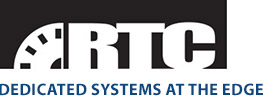The Missing Link to Additive Manufacturing: Merging DfAM and Data
An end-to-end digital manufacturing solution, designed for the DoD, will enable large organizations to manage and scale their AM processes.
Advanced manufacturing has yet to even crack the surface of what is possible. From generative design and lightweighting to software simulation and decentralized production, the transition to digital manufacturing promises to unlock an enormous amount of potential. Yet, large organizations – including military, aerospace, and automotive – are struggling to fully capitalize on these benefits due in large part to the complexities of integrating these technologies into an enterprise-wide solution.
An ideal platform would combine the capabilities of automated design for additive manufacturing (DfAM), additive manufacturing build preparation with machine learning, data analytics, and manufacturing execution systems (MES) into one interface. This would enable design cycle times to be slashed from weeks to hours, project costs would greatly decrease, while at the same time the quality of each part would be perfected. Additionally, supply chain complexities would be virtually eliminated because components could be designed in one part of the world and printed anywhere else on the planet, or even in space, with a push of a button.
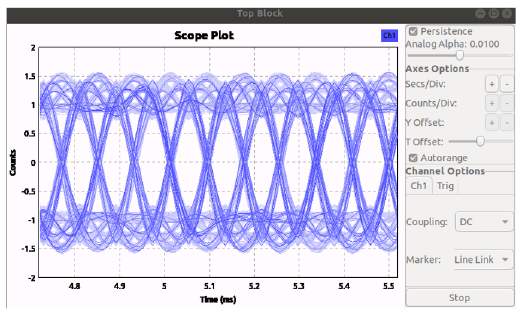
The U.S. Navy has been trying to tackle this very problem. Recently, through a Small Business Innovative Research (SBIR) project, it requested bids on the development of an end-to-end additive manufacturing (AM) system that could be utilized across the entire Department of Defense (DoD).
“The Navy was looking for a streamlined process that would also have auditability and compliance certification,” explains Dr. Michael Bogomolny, Co-founder and Chief Technology Officer at ParaMatters Inc., a California-based industry-leading DfAM and generative design software provider. “I think CAD / CAM Services was intuitive enough to know that this solution just can’t be done by anyone player.”
CAD / CAM Services – a Texas-based prime contractor for the U.S. federal government – was brought in to integrate the commercial-off-the-shelf (COTS) technologies into a single interface. This would enable the DoD, as well as other large manufacturers, to manage and scale their AM processes.
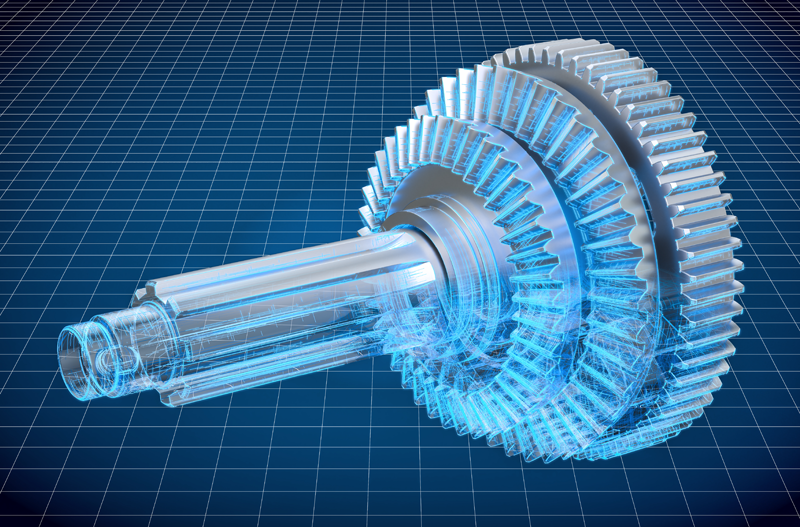 “As a starting point, the Navy wanted to solve the increasingly problematic issues of supply chains and logistics for, let’s say, an aircraft carrier in the middle of the Indian Ocean that needs a specific part immediately,” explains Scott Shuppert, CEO of CAD / CAM Services. “They want to be able to just push a button and have that part start printing directly on the ship’s 3D printer or the closest one available.”
“As a starting point, the Navy wanted to solve the increasingly problematic issues of supply chains and logistics for, let’s say, an aircraft carrier in the middle of the Indian Ocean that needs a specific part immediately,” explains Scott Shuppert, CEO of CAD / CAM Services. “They want to be able to just push a button and have that part start printing directly on the ship’s 3D printer or the closest one available.”
To enable this to take place, Shuppert and his team had to provide a workable solution for each step along with the lifespan of a part, from development and certification to service and replacement. This required matching each solution with the best possible technology provider along the way.
Starting on the frontend
“Eventually, the Navy and the DoD want to have a complete repository of every single part in its arsenal cataloged, certified, and ready to be digitally manufactured by a 3D printer anywhere in the world,” says Shuppert.
Transitioning to this advanced manufacturing process requires that each component undertake a thorough assessment of its design. For example, as a starting point, is the part even capable of being digitally manufactured?
“Think of the rotor blade on a helicopter. That is just too big to be 3D printed, at least right now. So, that part gets rejected,” adds Shuppert. “Maybe the part has to be manufactured using an exotic metal or complex geometry which is not currently possible for AM. That would also get dropped.”
If the part is deemed acceptable, is it best suited for additive or subtractive manufacturing? Could it be improved through generative design or material science? Does it need digital simulation and/or finite element analysis (FEA) – which can mathematically predict how a component will hold up under real-world forces like vibration, heat, fluid flow, and other physical effects? 
“For the DfAM and generative design aspect of the system, we wanted to remove as much of the human element as possible from the design process. ParaMatters’ platform does this, and the things they are doing with additive simulation and FEA go far beyond what anyone else is capable of,” says Shuppert. “This made them our first choice for the Navy project because it reduces the complexity of having to integrate more than one system on the front end.”
With ParaMatters’ platform the Navy can simply input the characteristics it needs for a specific component and the software will optimize it through testing, simulations, and inspection. The software selects the appropriate material, determines the best orientation for printing, were to include support structures, nests the parts on the build tray, and generates all slicing data for each component. It is also technology and material agnostic which was a critical feature for the Navy.
Through generative design, this approach will improve weight versus performance, structural integrity, and a variety of material properties. It can also reduce the number of parts required in an assembly by combining them into a single printed piece.
“This is something that human knowledge wouldn’t be able to do in the first step of the design process,” says Bogomolny. “So, you are then shortening the design cycle by order of magnitude.”
These elements are then incorporated into a machine learning system that utilizes artificial intelligence (AI) to ensure future design work becomes even smarter.
“The AI engine in the design phase has learning and heuristics capabilities,” says Dr. Bogomolny. “It creates repeatability, accuracy, standards, and the ability to streamline the operation through remembered systematic processes that can be applied repeatedly allowing automation to begin taking place in developing the output.”
Beyond manufacturing execution
Once a component has gone through the DfAM and simulation processes it then can automatically move to a manufacturing execution system provided by AMFG. Headquartered in Austin, Texas, AMFG designs MES and workflow software that enable businesses to more easily transition to digital manufacturing.
The AMFG software manages the production of the additive or subtractive manufacturing system. This includes auto-scheduling, auto-routing of parts, and managing all 3D printers – both internally for the Navy, or manufacturer, as well as any external solutions that may be required.
“The system will guide certain decisions like logistically where that part should be produced based on certain requirements, based on resources, and any complexities within the workflow to execute that project effectively,” explains Luke Bierman, head of U.S. sales for AMFG.
However, this solution will go way beyond the execution and management of these manufacturing systems. It is also able to capture data-driven insights from the beginning concept through to the end of the process where that component has now been validated or certified.
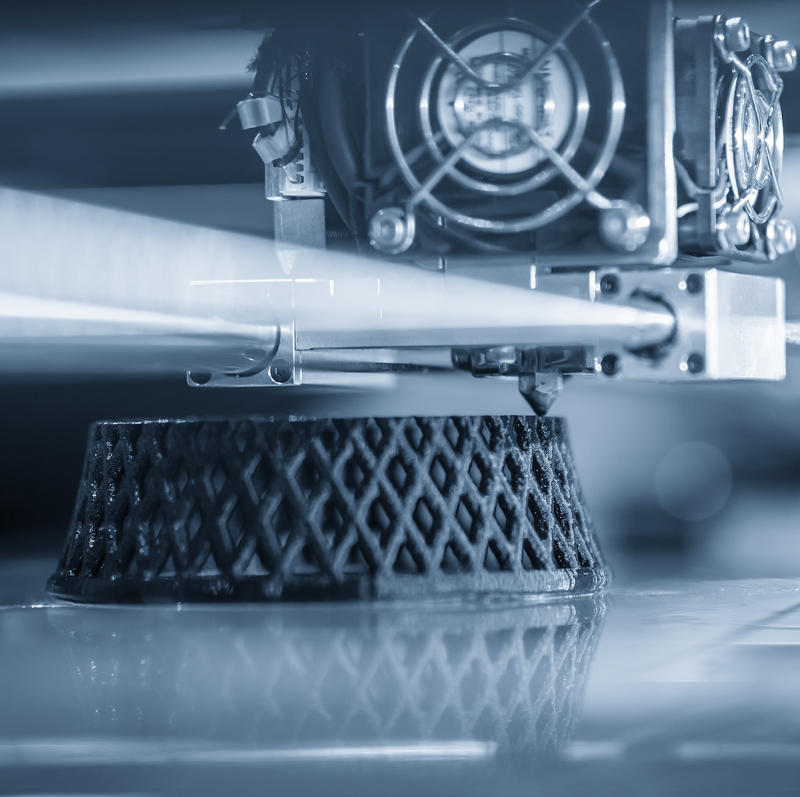 “This is where it really gets to be cutting edge because you can take that data from the entire process and continually improve that part,” explains Shuppert. “Not only are you going to be making them faster and more efficiently, but each component can now be easily revised as technology advances to create an even more superior version.”
“This is where it really gets to be cutting edge because you can take that data from the entire process and continually improve that part,” explains Shuppert. “Not only are you going to be making them faster and more efficiently, but each component can now be easily revised as technology advances to create an even more superior version.”
The system can also capture intelligence around what is happening to the component throughout its lifecycle, known as product lifecycle management (PLM). This data would be used to create a digital twin which will provide further insights into both the part’s design and maintenance requirements.
“Let’s say you have a component that needs to be switched out every four years,” says Bierman. “The software can then schedule a replacement component to be printed and delivered right before that maintenance is set to occur. So, you can see where this begins to create a smart industry that is both proactive and intuitive.”
This type of data could also greatly reduce the heavy burden currently being placed on the DoD and the Defense Logistics Agency (DLA) by minimizing, or even eliminating, supply chain problems and the need for massive areas of inventory.
“If you’re able to execute components anywhere in the world in under 24 hours, maybe you don’t produce and store all these components to satisfy some sort of critical inventory,” says Bierman. “You could now just create them on-demand using a virtual inventory.”
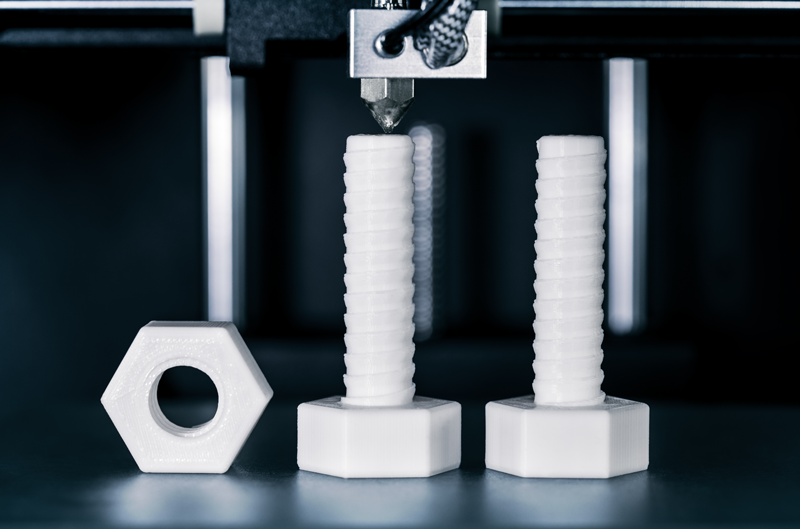
Inspection and certification
Quality, security, and traceability were also key factors for this new integrated system. For the DoD, parts must be certified before they can be deployed for service.
“Every part has to meet certain requirements, whether that is AS9100 for aerospace, IATF 16949 for automotive, or a certified part for the Navy,” explains Bierman. “Through this platform, we can verify that the component is 100% capable of being used for its application.”
That process begins as soon as the part is manufactured and then inspected with either an industrial CT scan or laser scanning device. The software takes the original CAD file and can find any geometrical deviations and advance or eliminate the component automatically. These capabilities can be further  expanded when needed to incorporate non-linear acoustics or wave stimulation – like MASER – as the inspection method.
expanded when needed to incorporate non-linear acoustics or wave stimulation – like MASER – as the inspection method.
All the inspection data is again processed back into the AI where it can learn how to decrease the number of disqualified parts in the future.
“Once that’s certified, we can take all that metadata and upload it into a repository of certified components that going forward can be consistently executed around the globe at any site that meets those requirements to execute that with the 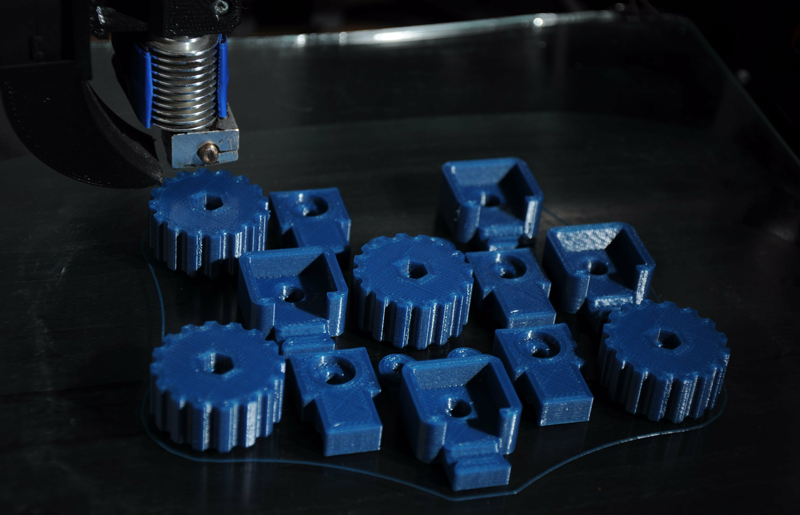 same exact process,” says Shuppert.
same exact process,” says Shuppert.
That repository of data analytics could then be applied to future projects for not just the Navy, but across the entire military supply chain.
The final goal of this strategy was to optimize cybersecurity protections throughout the process. This requires the digital manufacturing interface to adhere to any Cybersecurity Maturity Model Certification (CMMC) level requested by the Navy, which can be as high as Level V. The DoD is also looking to increase the security of its digital data and network connections. As part of that, digital twin technology will be used to validate and prevent tampering with the DoD’s digital supply chain.
For more information on services mentioned in this article please contact scott@cadcam.org or https://www.cadcam.org/
